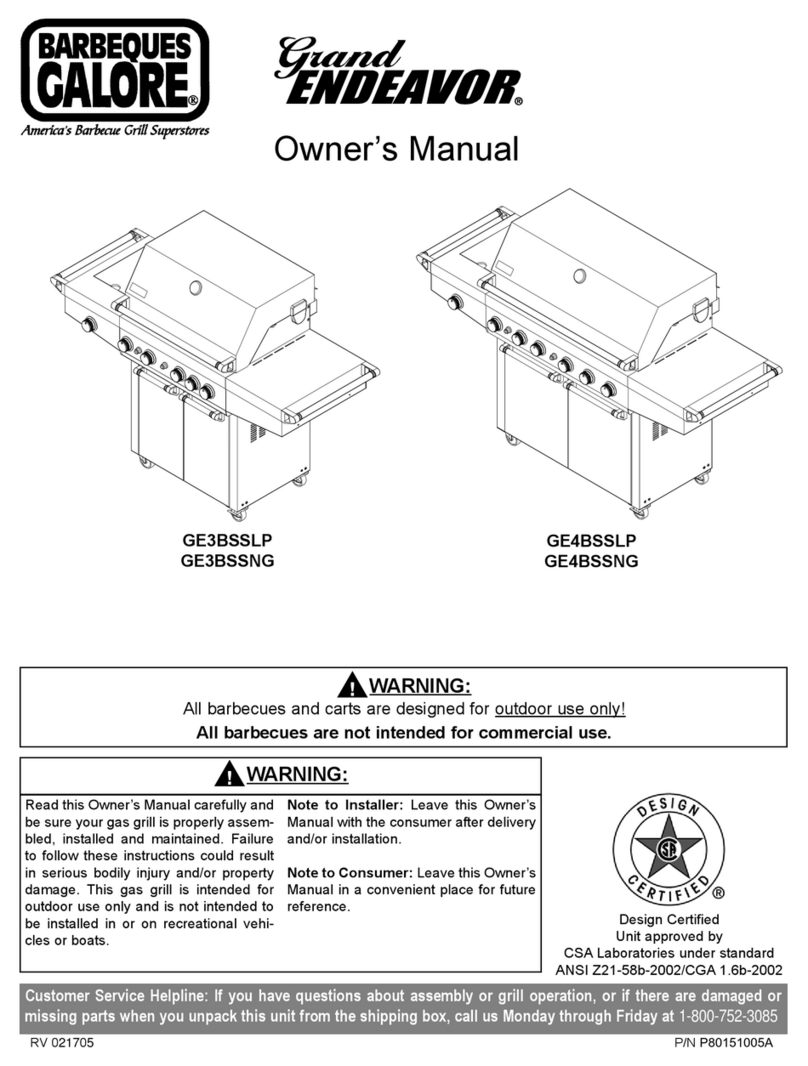Barbeques Galore ALFRESCO BG229SB-G Operator's manual
Other Barbeques Galore Grill manuals

Barbeques Galore
Barbeques Galore Billabong User manual
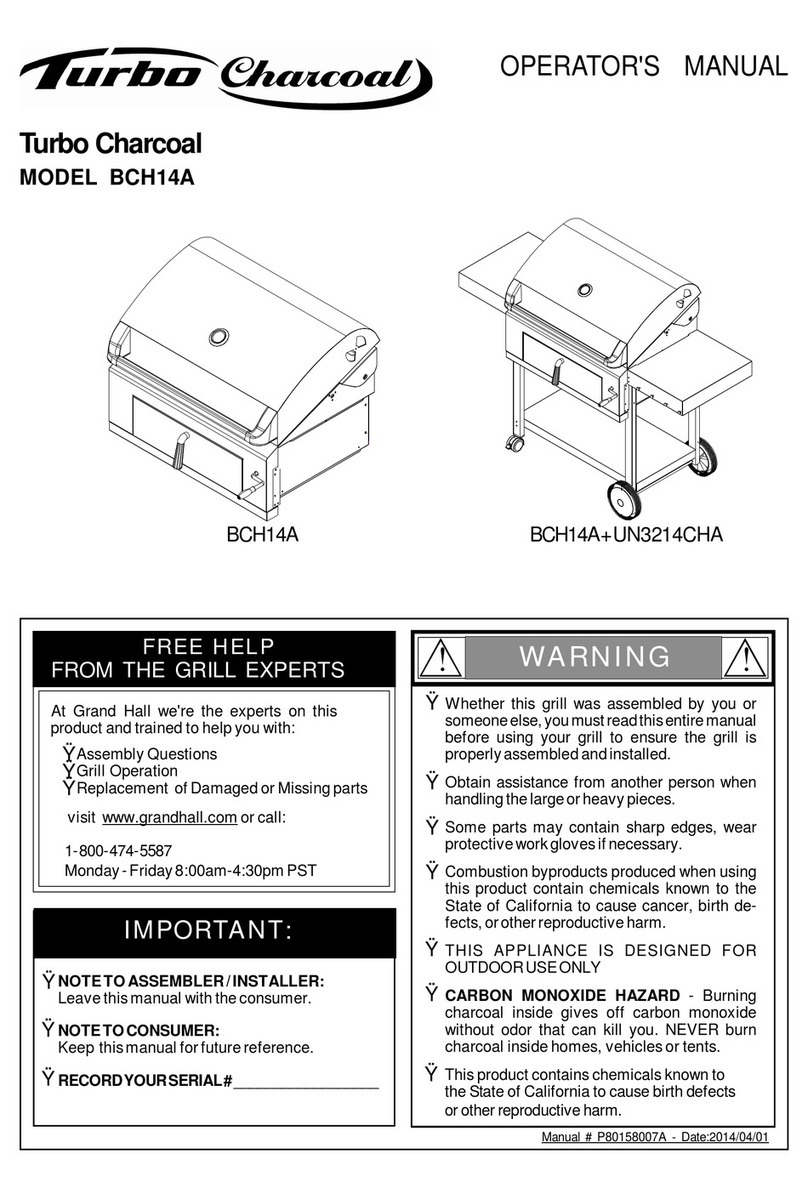
Barbeques Galore
Barbeques Galore Turbo Charcoal BCH14A User manual
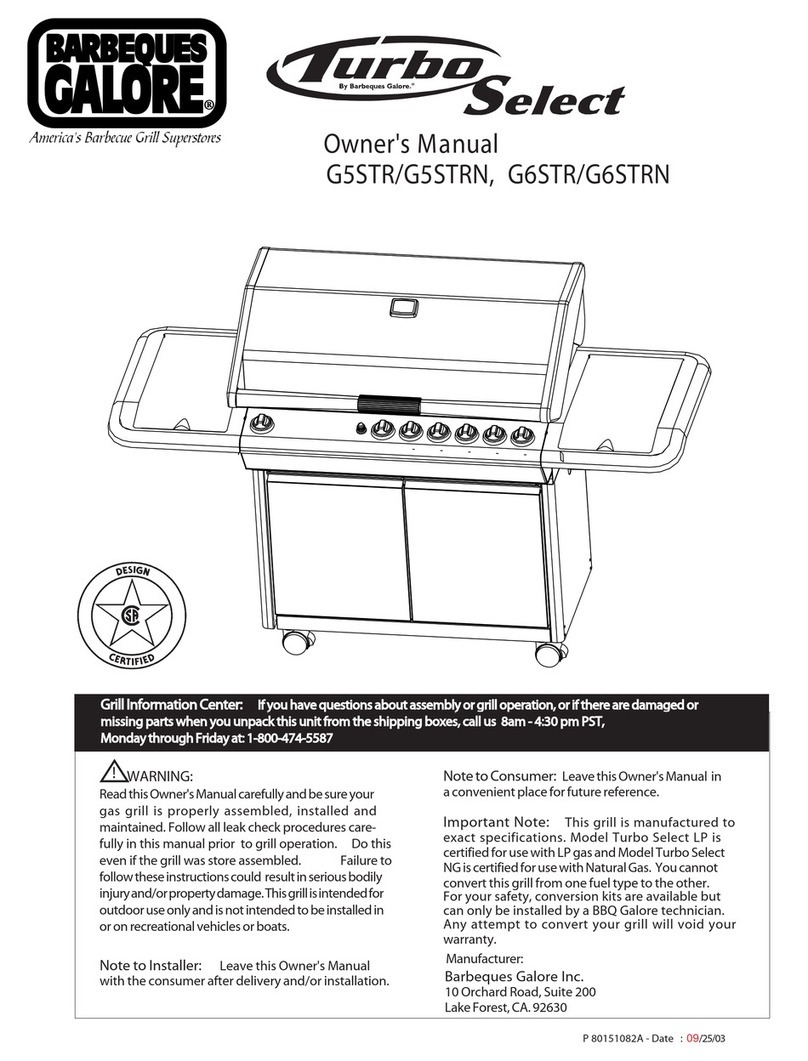
Barbeques Galore
Barbeques Galore Turbo select G5STR User manual
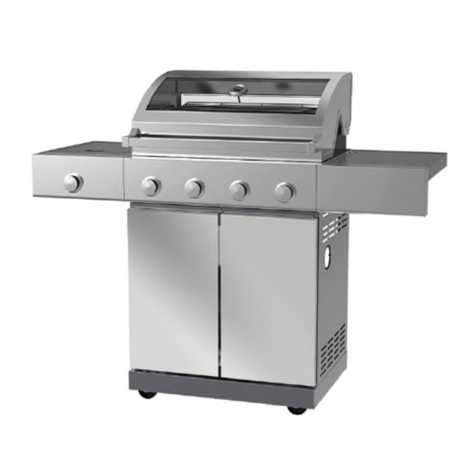
Barbeques Galore
Barbeques Galore ALFRESCO Series Operator's manual
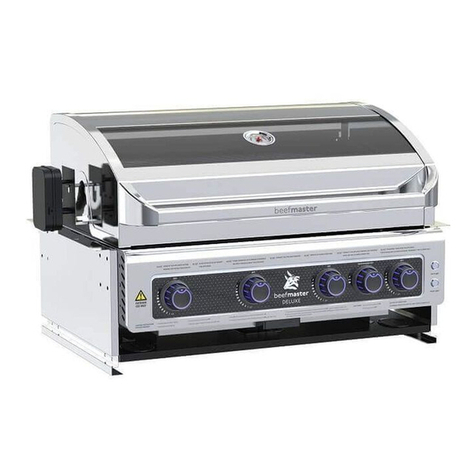
Barbeques Galore
Barbeques Galore BEEFMASTER V Series Operator's manual
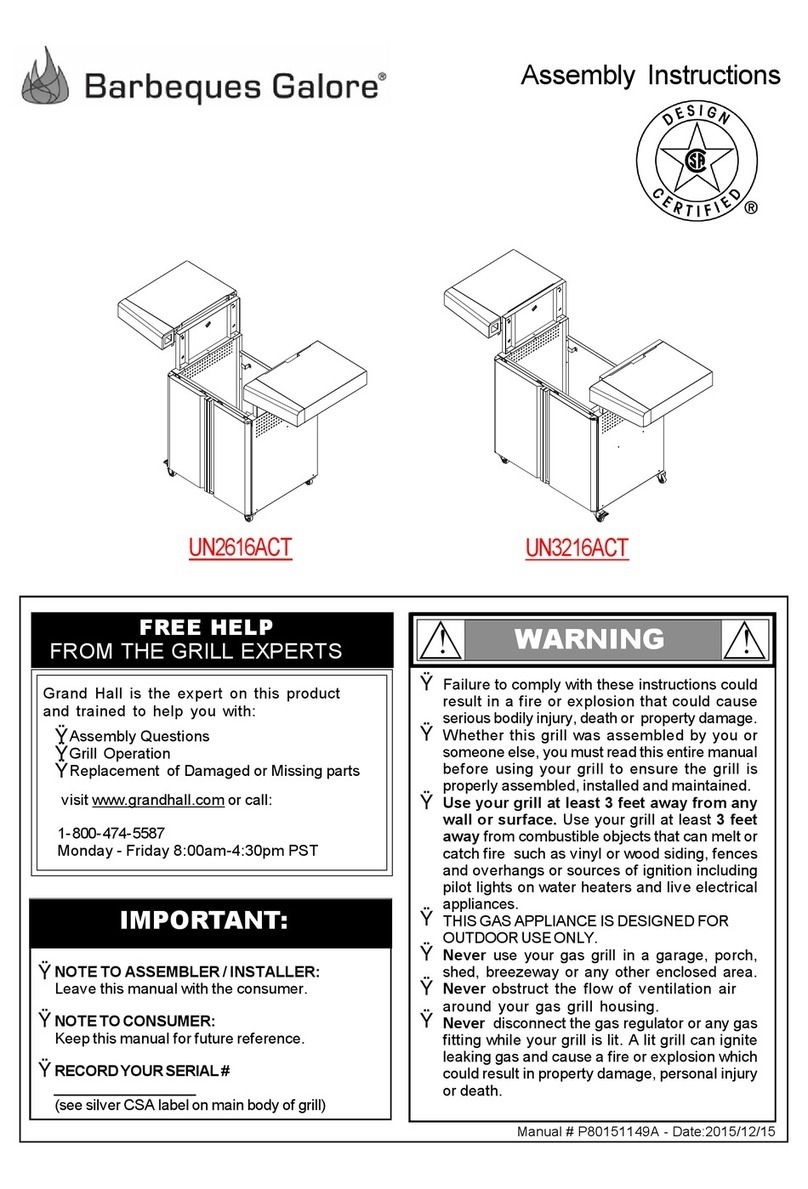
Barbeques Galore
Barbeques Galore UN2616ACT User manual
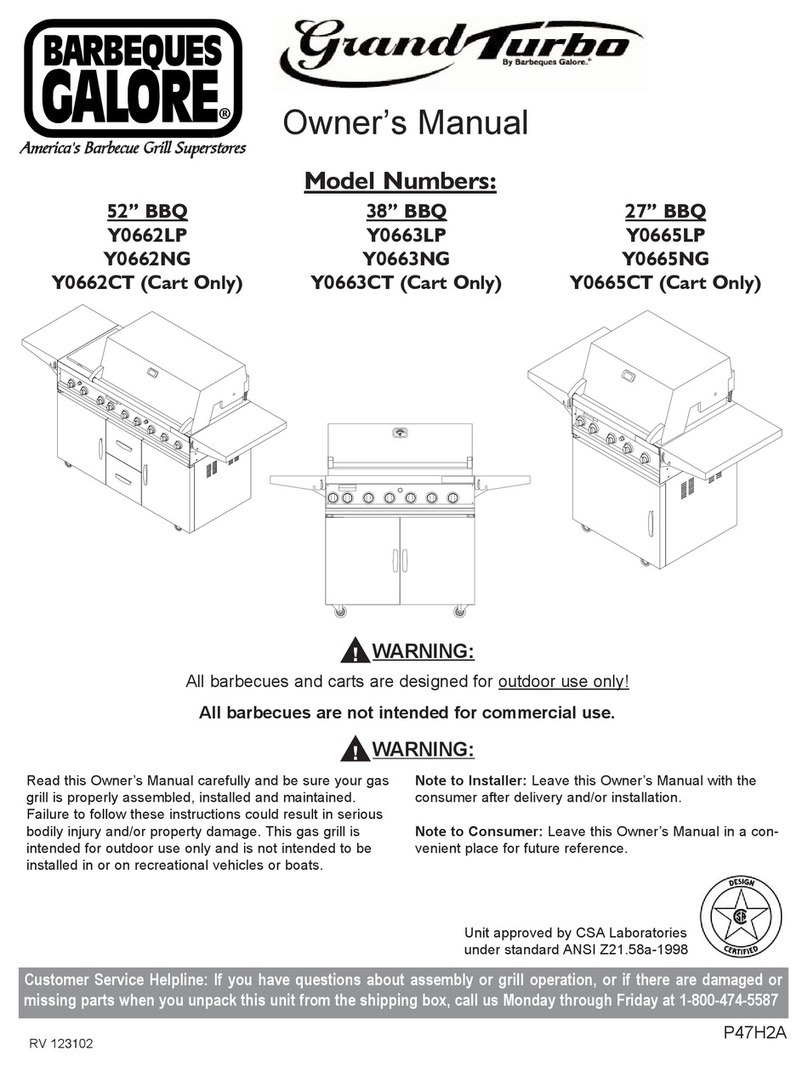
Barbeques Galore
Barbeques Galore Y0662LP User manual

Barbeques Galore
Barbeques Galore Turbo CG3TCBN User manual

Barbeques Galore
Barbeques Galore MC2CBL Operator's manual

Barbeques Galore
Barbeques Galore G2CBL Operator's manual
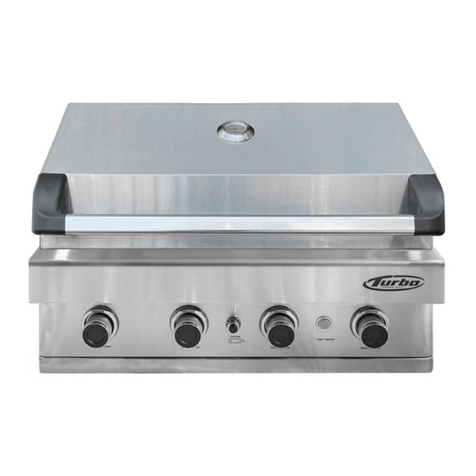
Barbeques Galore
Barbeques Galore Turbo STS User manual

Barbeques Galore
Barbeques Galore G5CPBIQ User manual
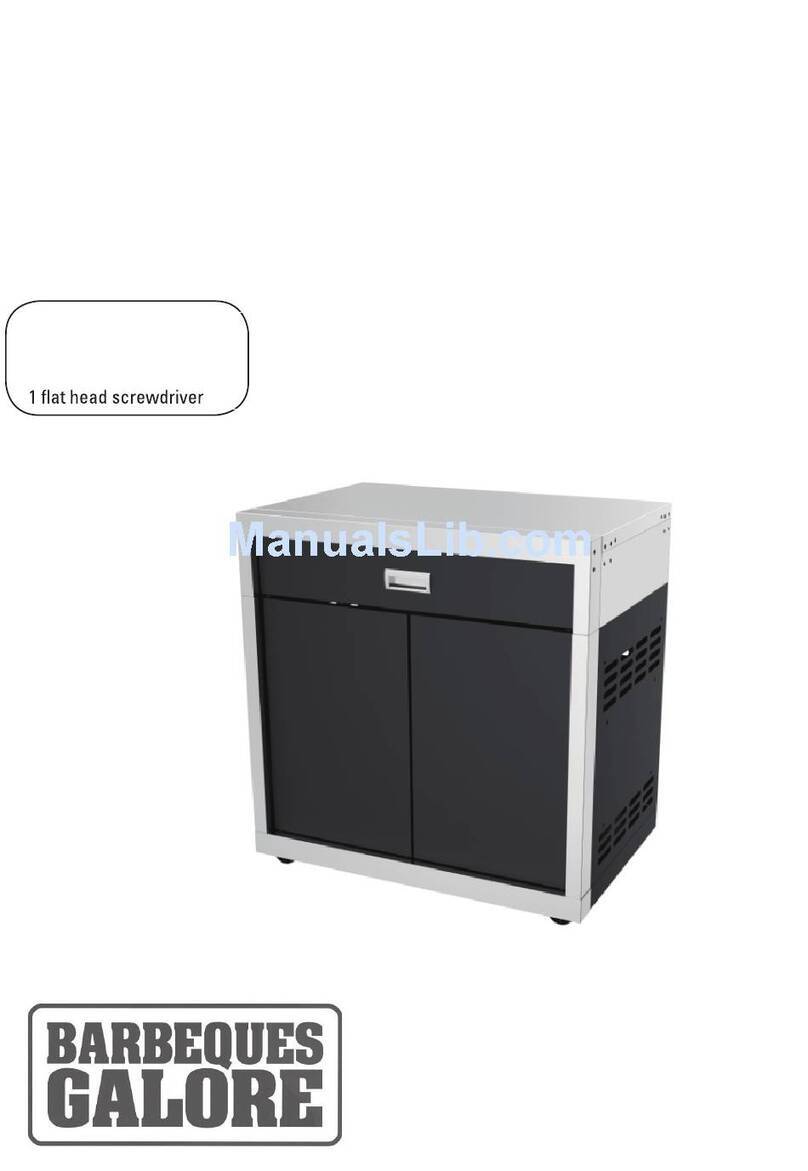
Barbeques Galore
Barbeques Galore CDBL User manual

Barbeques Galore
Barbeques Galore Grand Turbo B3808ALP User manual

Barbeques Galore
Barbeques Galore Billabong User manual

Barbeques Galore
Barbeques Galore EDV27-BQ User manual

Barbeques Galore
Barbeques Galore Strada STRD5RS User manual
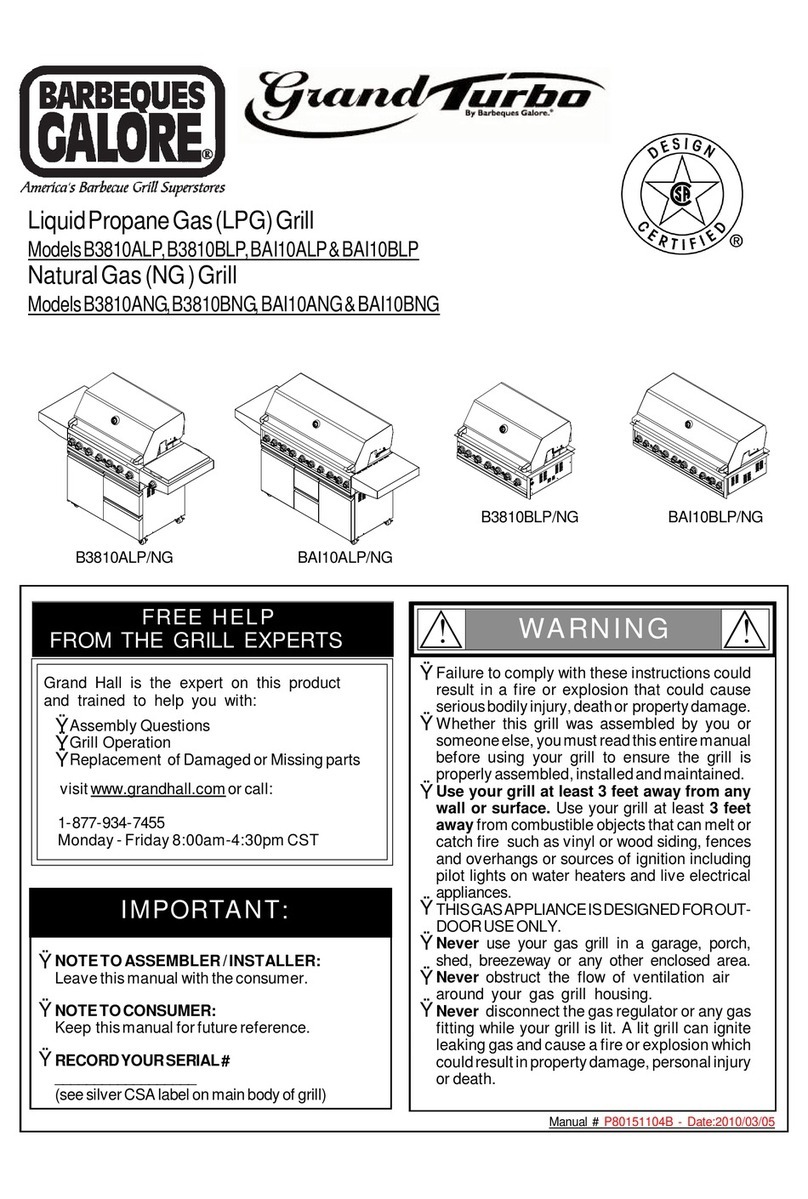
Barbeques Galore
Barbeques Galore Grand Turbo B3810ALP User manual
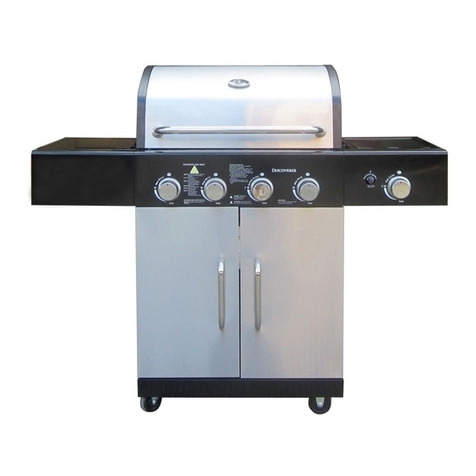
Barbeques Galore
Barbeques Galore DISCOVERER G4DISL User manual
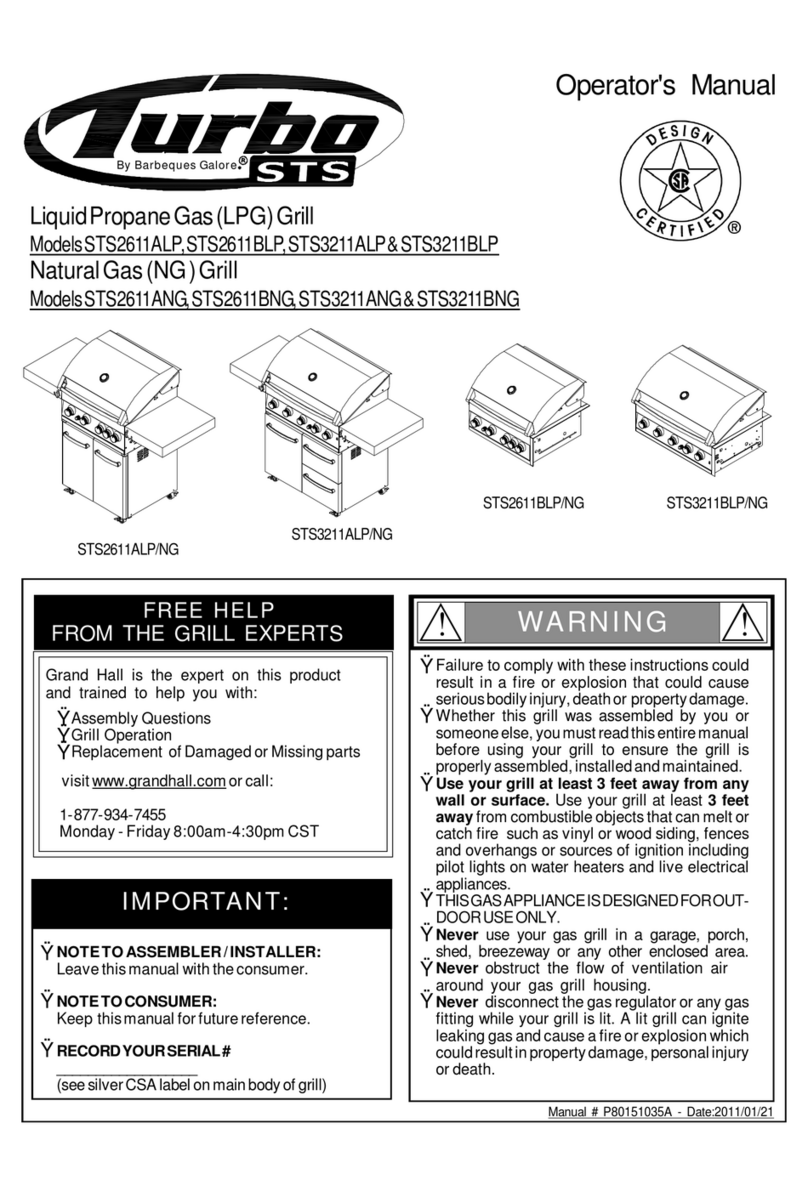
Barbeques Galore
Barbeques Galore STS2611ALP User manual
Popular Grill manuals by other brands

Landmann
Landmann Avalon PTS Plus 5.1 Plus 12122 Assembly and operating manual

Kenyon
Kenyon B70200 owner's manual

Better Homes and Gardens
Better Homes and Gardens GBC1486W owner's manual

Orbegozo
Orbegozo GR 2300 instruction manual

bora
bora PT11 Operating and installation instructions

Klarstein
Klarstein 10031664 manual

Garland
Garland MWE3W Installation and operation manual

Char-Broil
Char-Broil 463722714 Product guide

MPM
MPM MOP-03 user manual

Kenmore
Kenmore 415.16123800 Use and care guide

Tucker Barbecues
Tucker Barbecues GTR Series Assembly, installation and operating instructions

Monogram
Monogram ZGG540NCP1SS owner's manual


